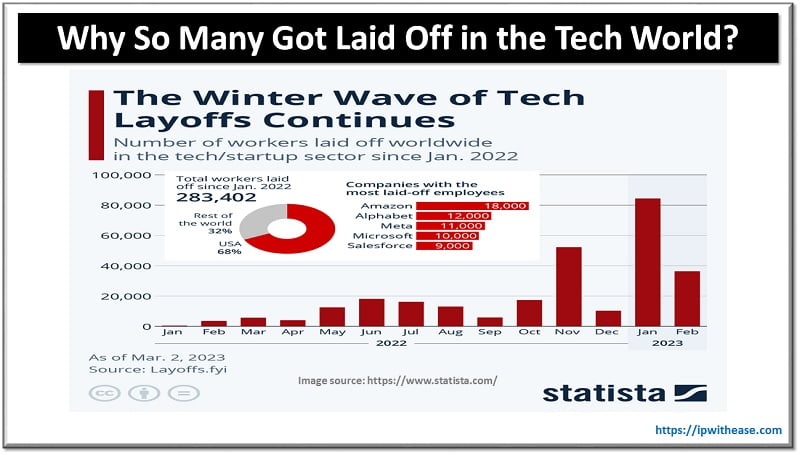Evaluation of internet or world wide web has come a long way starting from static content of web 1.0 which was first generation web technology to second generation web 2.0 where dynamic and user generated content replaced static content. With the third generation of web 3.0 machines can think of information instead of humans and now web 4.0 where humans and machines can interact with each other.
Today we look more in detail about web 4.0 or symbiotic web, its pros and cons, its characteristics and web 4.0 architecture.
What is Web 4.0 or Symbiotic Web?
Web 4.0 is the fourth generation of Internet or World wide web which is a collaborative, interactive approach in web development. Its applications are designed to be more user friendly and allow users to share information and ideas and interact with machines directly. Websites such as social networking, blogs, wikis, and video sharing websites etc. are examples of web 4.0. Web 4.0 is an intelligent and emotional web model and still in the conceptual stage not yet widely implemented.
Web 4.0 is also called Symbiotic web as it involves a symbiotic association between humans and machines.
It incorporates the latest technologies such as artificial intelligence, big data sets, cloud computing and Internet of things (IoT) to create a more connected, intelligence and data driven digital experience. This enables personalized experiences, efficient automations, enhanced decision making and so on. Web 4.0 leverages Artificial intelligence, machine learning, big data analytics to enable systems to respond to end user behaviour, making interactions and delivering more personalized content efficiently.

Pros & Cons of Web 4.0
PROS
- Web 4.0 leverages four-point advanced artificial intelligence and machine learning algorithms to delivery highly personalized and customized content and services to end users
- It empowers immersive and interactive experiences – virtual and augmented reality , engage users with information and services in innovative ways
- Acts as a bridge between physical and virtual worlds using technologies like Internet of Things (IoT), facilitate connection and integration of real -life objects and environments digitally
- Foster greater decentralization and democratization of services and information , reduction in resilience on centralized platforms and favours peer-to-peer networks and decentralized protocols
- Employs advanced cryptography technologies and decentralized architecture to provide enhanced security and privacy for user data
CONS
- Intensify our dependency on technology and digital platforms, user will be more accustomed to highly personalized services.
- Amplify scope for surveillance and control as intelligent and personalized services will gather and analyze extensive user data which has potential to manipulate or influence user’s behaviour.
- Entail great complexity and technical sophistication compared to its earlier web iterations , increase demand for highly skilled developers and engineers for design and maintenance.
- Worsen existing disparities, as highly personalized services prioritize catering needs of preferences of the most affluent and influential users, leaving others at a disadvantage.
- Lead to greater susceptibility to cyber-attacks, given its highly interconnected and intelligent systems, which provide more potential targets for malicious actors.
Applications or Use cases for Web 4.0
- Help in the development of smart cities. IoT devices can monitor traffic flow, manage energy consumptions, and optimize public services leading to reduced congestion, more energy efficient usage, and improved urban living
- Facilitate remote patient monitoring , AI assisted ailment diagnostics, predictive analytics
- IoT and sensors and AI driven analytics will improve manufacturing process, optimize quality controls, and enable predictive maintenance , reduce downtime, and increase the productivity
- Enhancement in supply chain visibility, enable real time goods tracking, inventory management, and demand forecasts more accurately. Resulting in efficient logistics management and reduction in costs
- Personalized product recommendations, optimization of pricing, and hence overall shopping experience. AI chatbots and virtual shopping assistants will provide customer support
- Balance energy supply and demand , incorporate renewable sources of energy and reduce wastage of energy
- IoT to monitor soil conditions, crops health and weather patterns, optimize crop yield and usage of resources
- AI driven platforms will help to adapt curriculum and assessment of individual training needs of students, making education more effective and engaging content
Continue Reading:
Web 3.0 Explained: A Comprehensive Guide
ABOUT THE AUTHOR

You can learn more about her on her linkedin profile – Rashmi Bhardwaj



